RVP? More Like MVP!

Have you heard about our Responsible Vendor Program (RVP)?
The Responsible Vendor Program, also known as RVP, is a compliance program for grocery stores/beer and wine specialty shops selling alcohol for off-premises consumption. It is designed to encourage licensees to use specific best practices to prevent sales to minors. The RVP is a free, self-monitoring, voluntary program.
Are there benefits to participating in the RVP?
Absolutely! RVP members actively contribute to the public safety of their communities, and as a “thank you,” any participating retailer may be eligible for a reduced sanction from the LCB if charged with a public safety violation.
- Spirits Retailer: the standard penalty will be assessed instead of a double penalty (once a year).
- Beer/Wine Retailer: the option to take a deferment for a first time public safety violation (once in two years).
Retailers could also potentially increase their protection against civil actions in third-party liability lawsuits.
What do licensees have to do to before joining?
- Establish and enforce “house policies” for alcohol sales, signed by all employees. Employees must also know the following:
— The acceptable forms of ID at your business.
— How to properly check ID.
— The consequences for selling alcohol to a minor, or an apparently intoxicated person. - Post the house policies in an area visible to all employees.
- Post signs to deter the illegal purchase of alcohol by patrons.
- Have an on-going employee training plan including:
— Responsible sales training before selling alcohol.
— Annual repetition of responsible sales training. - Maintain an alcohol sales management policy to promote best practices.
- Keep training records for three years.
Once certified, post the member certification in an area that is highly visible to the public, such as the main entry.
How do I join?
If you have met the program requirements, please fill out the application found here, and submit all required documents. Upon review of the application and the required documents, LCB will either:
- Send an RVP Approval Letter and Certificate if the application is complete and meets the program standards and requirements, or,
- Explain to the licensee in what area(s) the application did not meet the program standards and requirements.
Please contact us at [email protected] or (360) 664–1727 if you have any questions or need help implementing the program.













